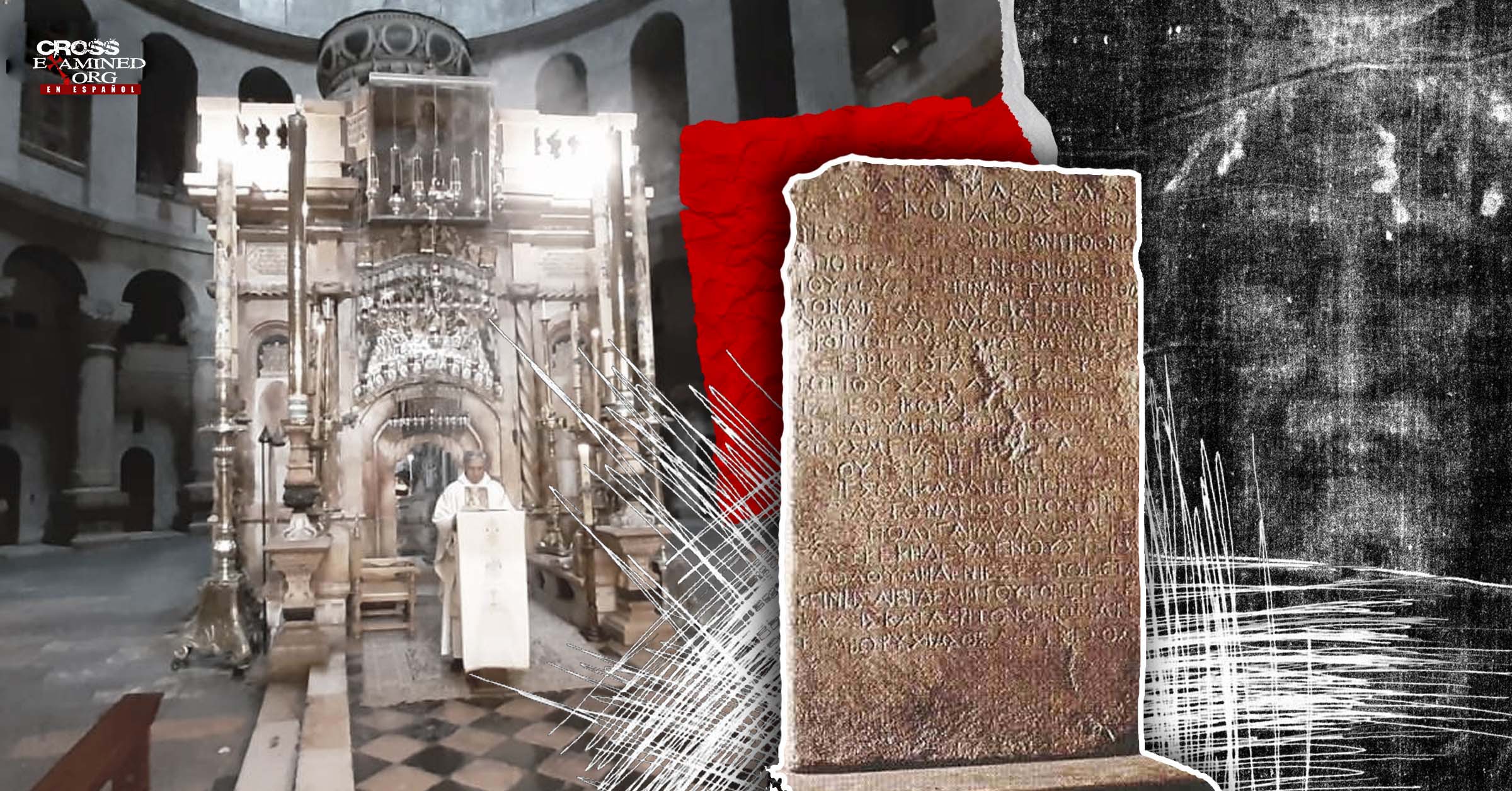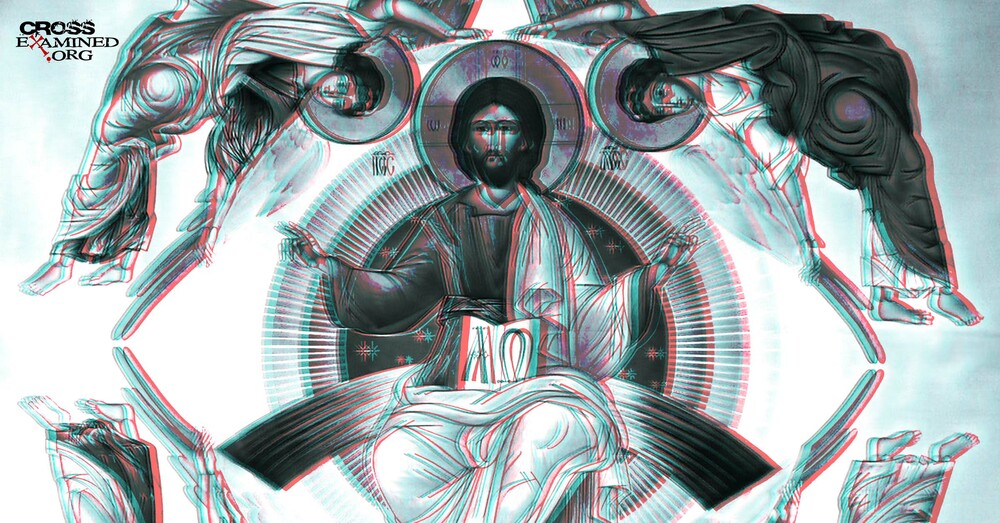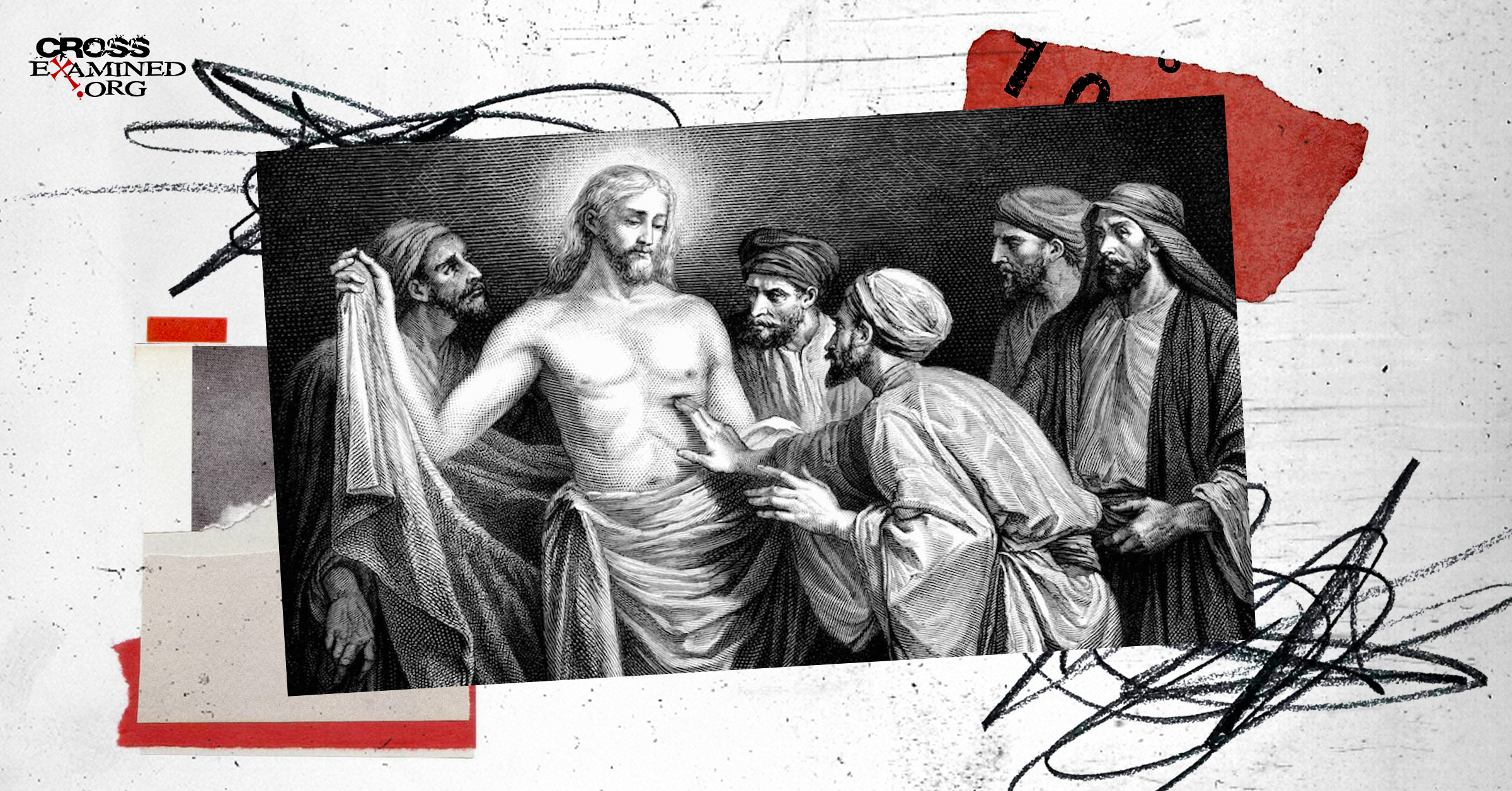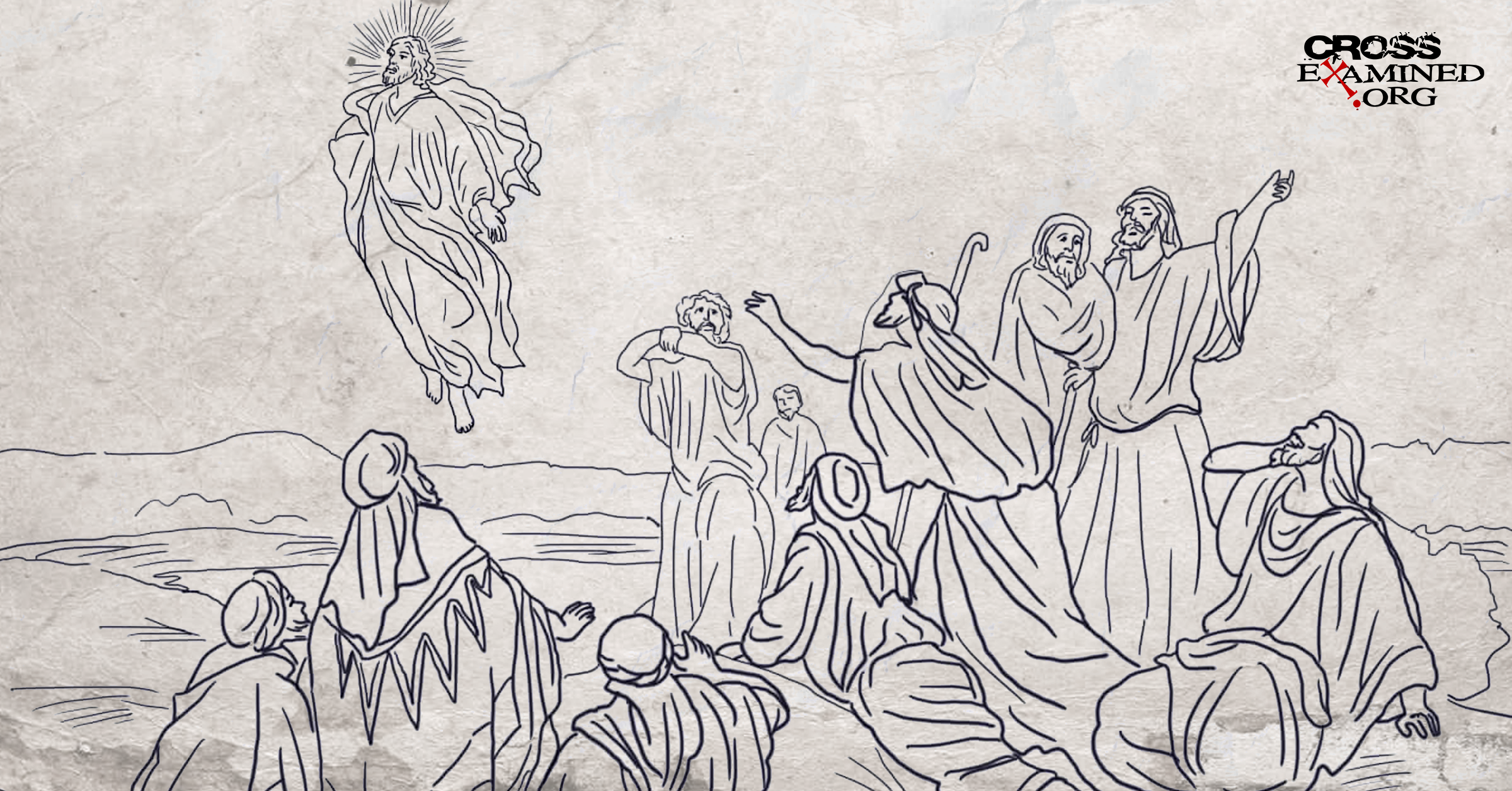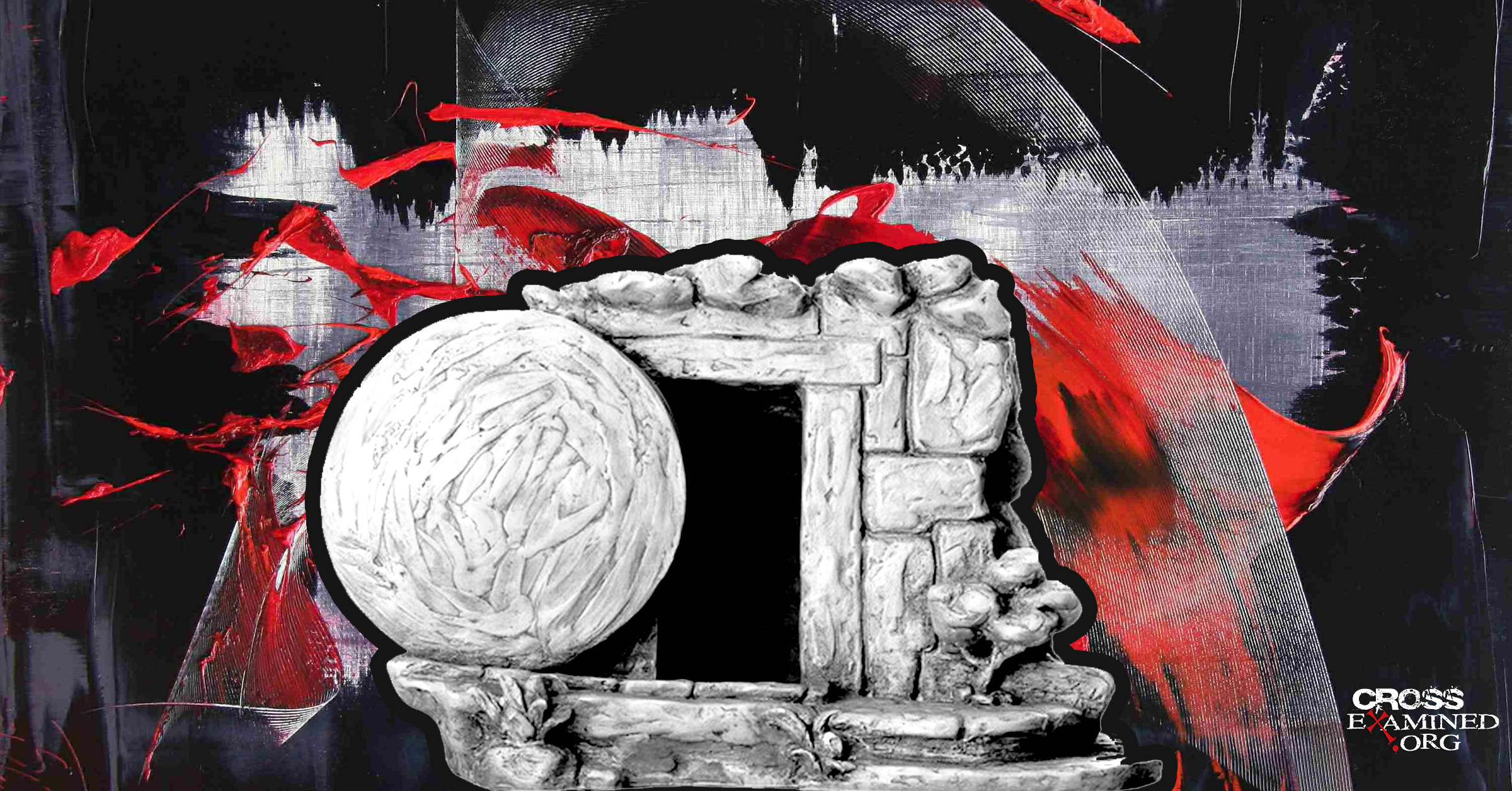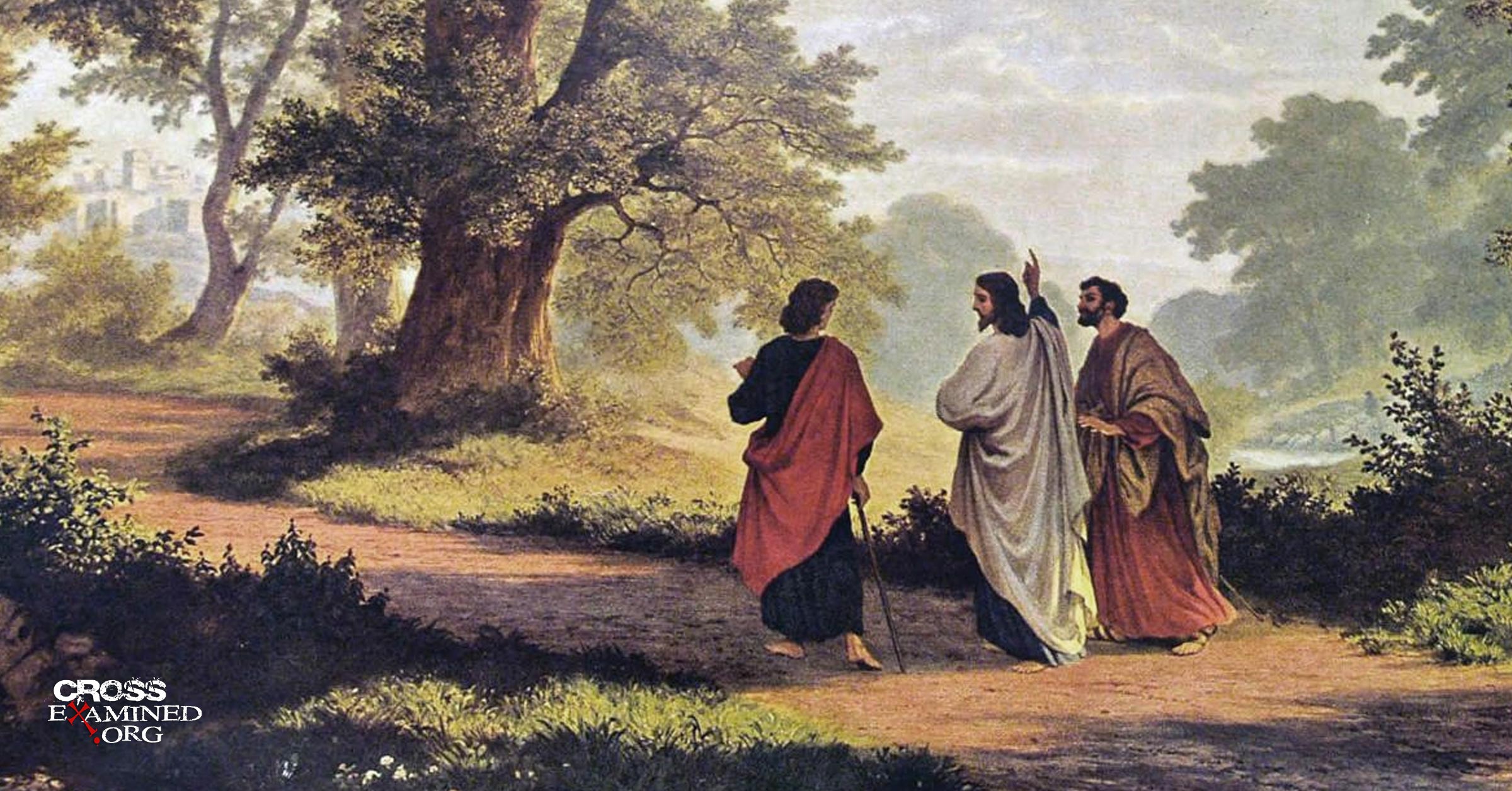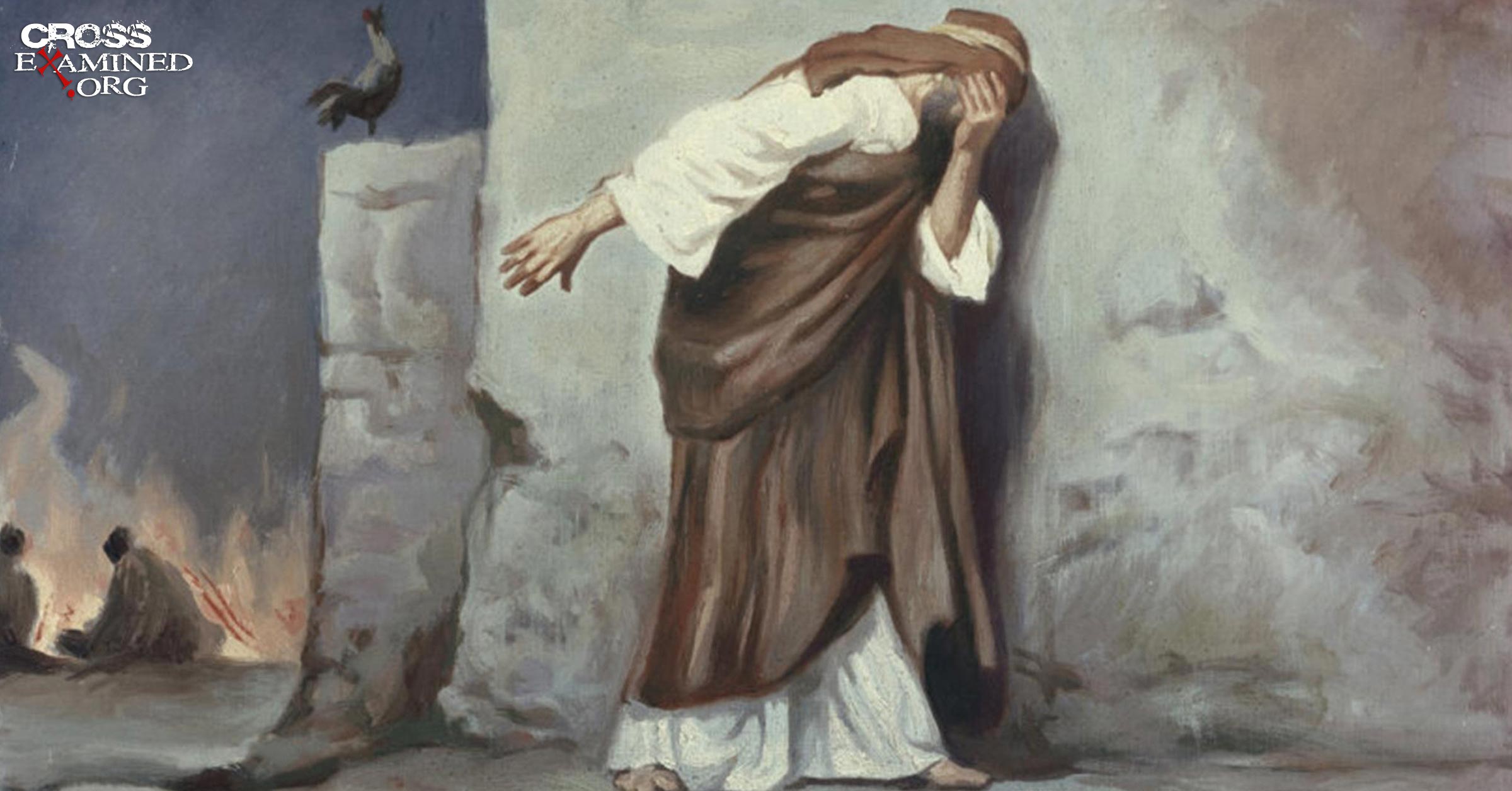En las últimas semanas, hemos examinado varias líneas de evidencia que apoyan la noción de que Jesús literalmente resucitó de entre los muertos. Al finalizar la serie, puede resultar beneficioso describir algunas pruebas arqueológicas que apoyan la resurrección de Jesús. La evidencia arqueológica no puede probar ni refutar un evento de la historia.[1] Sin embargo, puede prestarse a probabilidades de que un evento ocurrió o no. La resurrección plantea un problema adicional, ya que nadie estaba presente cuando el evento ocurrió. Aun así, ciertos artefactos dan credibilidad a la creencia de que Jesús resucitó de entre los muertos.
El hueso del tobillo con clavos de Jehohanan
En 1968 se descubrió un osario que contenía el hueso del talón de un joven llamado Jehohanan. Hace 2.000 años, Jehohanan murió crucificado a manos de los romanos. Las pruebas sugieren que sólo tenía veintitantos años cuando murió. La descripción de su crimen se ha perdido. Sin embargo, la naturaleza de su ejecución se conservó gracias al hueso del talón del joven. Un clavo tradicional romano atravesó el talón de Jehohanan. Pero, a diferencia de otros clavos que se reutilizaban para crucificar a las víctimas, este clavo se dobló probablemente tras golpear un nudo en la madera. El hueso del talón, el clavo doblado e incluso un trozo de madera confirman que los clavos se utilizaban, al menos en ocasiones, para sujetar a las víctimas a la cruz. En el caso de Jehohanan, sus ejecutores clavaron sus tobillos en los lados exteriores opuestos de la viga vertical en lugar de hacerlo a través de los pies. El hueso del talón conservado del joven revela dos cosas sobre la muerte, el entierro y la resurrección de Jesús.
En primer lugar, el hallazgo demuestra que los romanos sí clavaban a las víctimas en la cruz, lo que confirma los detalles de los relatos evangélicos relacionados con la muerte de Jesús. La crucifixión era una forma desagradable de ejecución. La víctima moría lentamente por asfixia, lo que provocaba un fallo cardíaco. Las posibilidades de que Jesús sobreviviera a la crucifixión, como proponen algunos, son escasas o nulas.
En segundo lugar, el hallazgo también demuestra que los romanos permitían a las familias conceder a las víctimas crucificadas un entierro adecuado. En la antigua cultura israelita, un cuerpo era enterrado en una tumba. Un año después, los huesos se recogían en las envolturas de lino y se colocaban en un osario familiar común (caja de huesos). No fue hasta la época del emperador Calígula cuando cesó la práctica de conceder una sepultura adecuada a las víctimas crucificadas. Calígula comenzó su reinado en el año 37 d.C., es decir, entre 4 y 7 años después de la crucifixión y resurrección de Jesús. Por lo tanto, la afirmación de que Jesús fue simplemente enterrado en una tumba poco profunda en lugar de una tumba pierde su impacto a la luz del descubrimiento del hueso del talón de Jehohanan.
Decreto de Nazaret
El Decreto de Nazaret es un hallazgo fascinante. En 1878, un erudito francés adquirió una losa de piedra en Nazaret que data del año 44 d.C.[2] El decreto fue dictado por el emperador Claudio (41-54 d.C.), quien ordena que si se encuentra a alguien extrayendo o exhumando cuerpos de las tumbas, los sepultureros sean acusados y ejecutados con prontitud. Curiosamente, el decreto también menciona a los que muevan las piedras que cierran las tumbas. El Evangelio de Mateo señala que los líderes judíos tramaron con engaño el rumor de que los discípulos habían robado el cuerpo de Jesús (Mateo 28:11-15). Aunque no puede establecerse una correlación directa entre el decreto de Nazaret y el rumor organizado por el sanedrín judío, todavía encontramos una fuerte probabilidad de que el crecimiento del cristianismo acompañado del rumor pudiera haber hecho necesario dicho decreto en la mente del emperador[3].
Iglesia del Santo Sepulcro
Los protestantes suelen preferir la localización serena de la Tumba de Gordona la naturaleza icónica y litúrgica de la Iglesia del Santo Sepulcro. Sin embargo, si se busca la verdad por encima de las preferencias, es mucho más probable que la iglesia del Santo Sepulcro sea la tumba real de Jesús que la contraparte irénica. En el año 132, el emperador Adriano prohibió a los judíos la entrada a Jerusalén e intentó erradicar las evidencias del judaísmo y el cristianismo construyendo templos y estatuas romanas sobre los lugares sagrados. En el año 313, Constantino legalizó el cristianismo. Su madre, Helena, una cristiana devota, trató de descubrir los lugares más sagrados del cristianismo. Adriano había colocado una estatua de Venus sobre la tumba de Cristo en un esfuerzo por profanar la tumba. Cuando Helena preguntó a los creyentes locales dónde se encontraba la tumba, éstos le señalaron la tumba con la estatua de Venus erigida. Helena ordenó inmediatamente la remoción de la estatua y la conservación de la tumba. Más tarde se construyó la Iglesia del Santo Sepulcro alrededor de la tumba y del lugar de la crucifixión. Hace unos años, en un esfuerzo por restaurar secciones clave de la santa iglesia, se permitió a los investigadores asomarse al interior de la losa de mármol utilizada para proteger el lecho. Se retiró la parte superior. Debajo, descubrieron una pieza de metal rota con una cruz de Las Cruzadas grabada. Bajo el metal, encontraron un lecho de piedra que databa del siglo I. El descubrimiento demostró que el Edículo de la Iglesia del Santo Sepulcro ha sido venerado como lugar de sepultura de Cristo durante dos milenios. Esto añade un peso considerable a la idea de que la tumba vacía de Jesús está en el Edículo o muy cerca. Personalmente, el Edículo tiene una gran probabilidad de ser el lugar de sepultura real de Jesús, una probabilidad superior al 95%.
Sudario de Turín
Por último, terminamos con uno de los hallazgos arqueológicos más misteriosos de todos los tiempos. Justo cuando los escépticos parecen desacreditar el Sudario de Turín, aparece algo que luego lo confirma. El muy controvertido Sudario de Turín es una tela de lino que mide 14 pies y 5 pulgadas por 3 pies y 7 pulgadas. Lleva una imagen tridimensional en negativo de un hombre crucificado de unos treinta y tantos e incluye manchas de sangre de hemoglobina AB real.[4] Otros descubrimientos han encontrado granos de polen de plantas originarias de Israel y que datan del siglo I, junto con pruebas de que el Sudario había sido expuesta a una alta dosis de radiación, tal vez del propio evento de la resurrección.[5] Aunque el Sudario había sido datado en la Edad Media en una prueba de carbono 14 realizada en 1988, esas pruebas han resultado ser falsas. El debate en torno al Sudario de Turín continuará con toda seguridad hasta el regreso del propio Cristo. El Sudario de Turín no es necesario para demostrar que Jesús resucitó, como se ha demostrado en esta serie. Sin embargo, si el Sudario de Turín es auténtico, no sólo demuestra que Jesús resucitó, sino que también proporciona una imagen del aspecto que pudo tener Jesús.
Conclusión
Es cierto que las pruebas arqueológicas de la resurrección de Jesús son en gran medida circunstanciales. La única prueba arqueológica directa de la resurrección sería el Sudario de Turín, si fuera auténtica. Sin embargo, el Sudario está rodeado de misterio (juego de palabras). Debido a la naturaleza del acontecimiento de la resurrección, no hay que esperar que se produzca un descubrimiento fulminante. ¿Por qué? Porque Jesús ya no está en la tumba. La evidencia más directa ha sido eliminada y ya no está disponible. Sin embargo, los datos proporcionados, en su conjunto, permiten afirmar que algo misterioso y sorprendente ocurrió el primer domingo de Pascua. Los artefactos descritos demuestran la alta probabilidad de que Jesús murió por crucifixión, fue enterrado en una tumba, la tumba fue encontrada vacía, y que la tumba fue venerada durante dos milenios. En conjunto, es un caso convincente para el evento de la resurrección. Para más información sobre las pruebas arqueológicas de la Biblia, véase el capítulo 13 de Layman’s Manual on Christian Apologetics, y no deje de visitar la página de Ted Wright EpicArchaeology.com.
Notas
[1] Randall Price and H. Wayne House, Zondervan Handbook of Biblical Archaeology, 26.
[2] Norman L. Geisler, Baker Encyclopedia of Christian Apologetics, 48; Ted Wright, “10 Significant NT Archaeological Discoveries,” EpicArchaeology.com.
[3] Para leer la transcripción completa del Decreto de Nazaret , véase Brian G. Chilton, Layman’s Manual on Christian Apologetics, 123.
[4] Chilton, Layman’s Manual on Christian Apologetics, 127-128.
[5] Ibid., 128.
Recursos recomendados en Español:
Robándole a Dios (tapa blanda), (Guía de estudio para el profesor) y (Guía de estudio del estudiante) por el Dr. Frank Turek
Por qué no tengo suficiente fe para ser un ateo (serie de DVD completa), (Manual de trabajo del profesor) y (Manual del estudiante) del Dr. Frank Turek
__________________________________________________________________________________________________________________________________________________
Brian G. Chilton es el fundador de BellatorChristi.com, el anfitrión de The Bellator Christi Podcast, y el autor de Layman’s Manual on Christian Apologetics. Brian es candidato a doctorado en el programa de Teología y Apologética de la Universidad Liberty. Recibió su Maestría en Teología y Divinidades de la Universidad Liberty (con alta distinción); su Licenciatura en Estudios Religiosos y Filosofía de la Universidad Gardner-Webb (con honores); y recibió la certificación en Apologética Cristiana de la Universidad Biola. Brian está inscrito en el programa de doctorado en Teología y Apologética de la Universidad Liberty y es miembro de la Evangelical Theological Society (Sociedad Teológica Evangélica) y de la Evangelical Philosophical Society (Sociedad Filosófica Evangélica). Brian ha servido en el ministerio pastoral durante casi 20 años. Actualmente sirve como capellán de hospital.
Blog Original: https://cutt.ly/aTjYha0
Traducido por Yatniel Vega García
Editado por Elenita Romero

